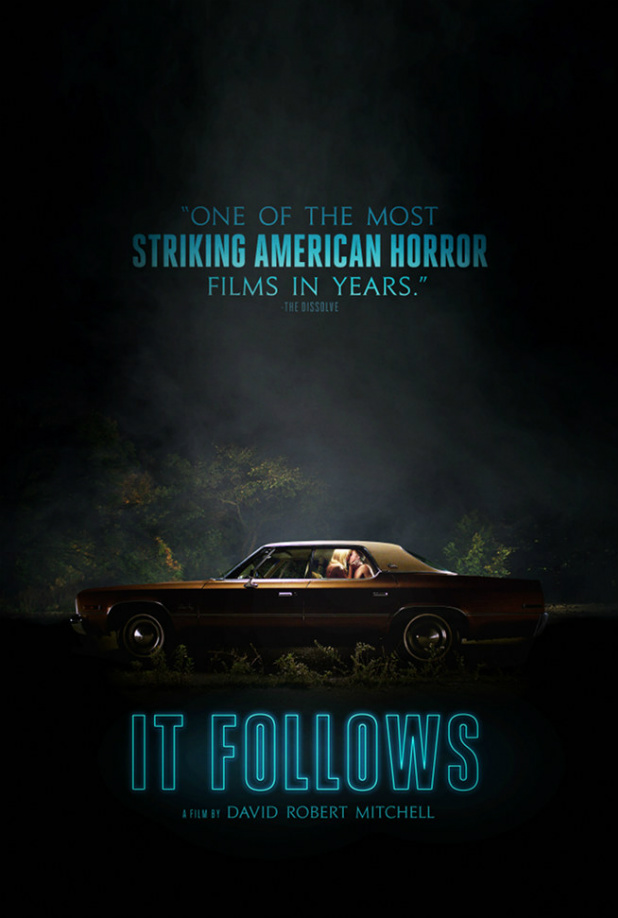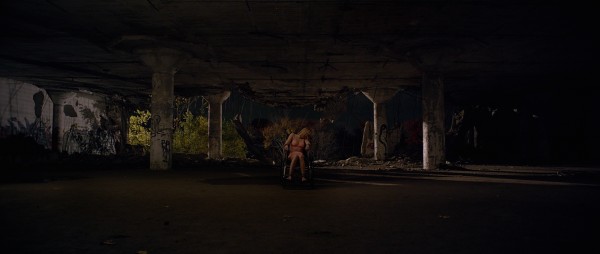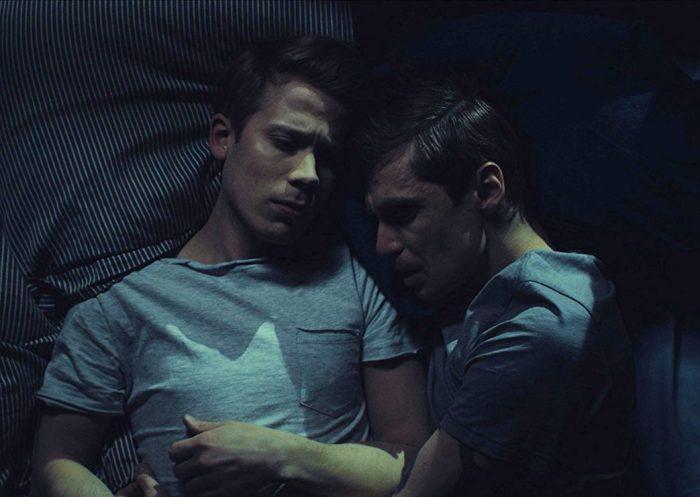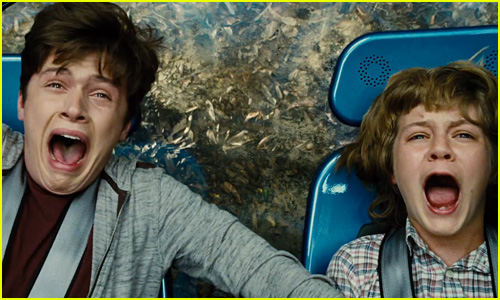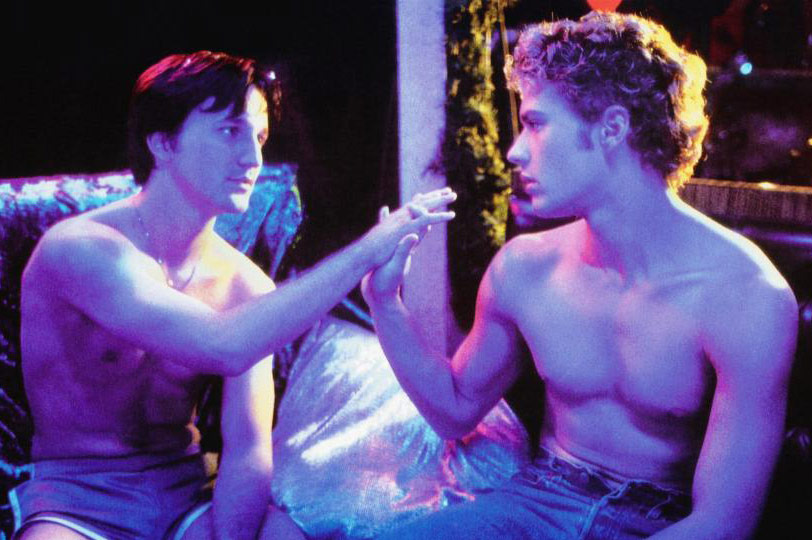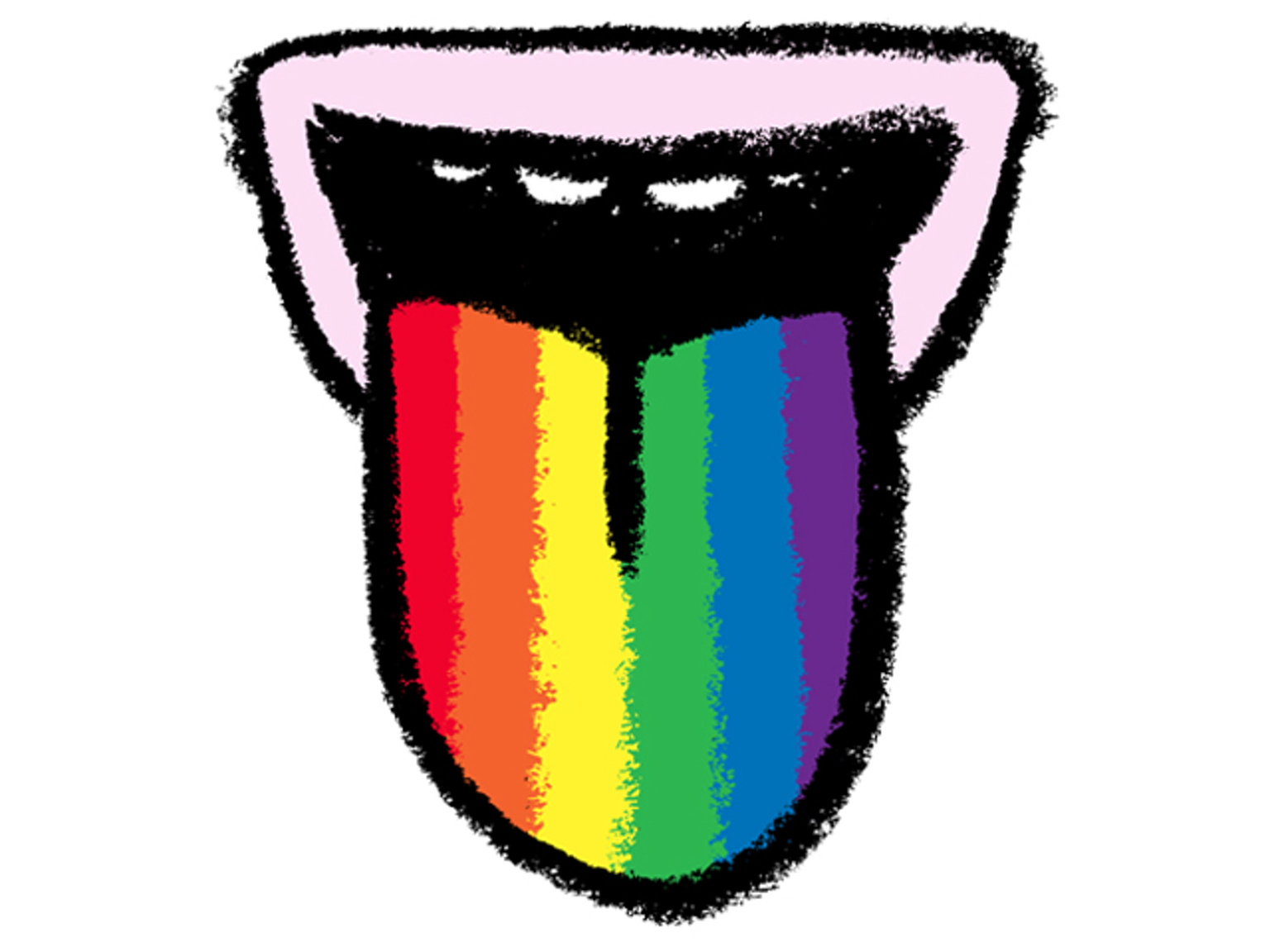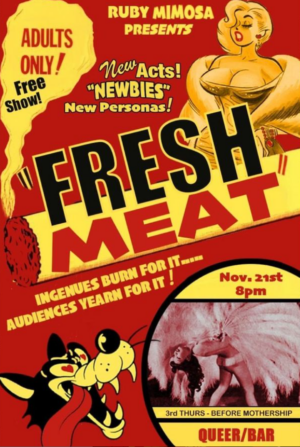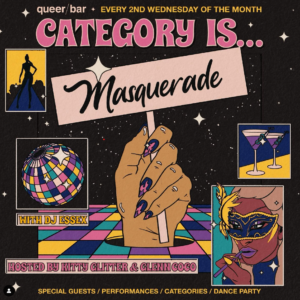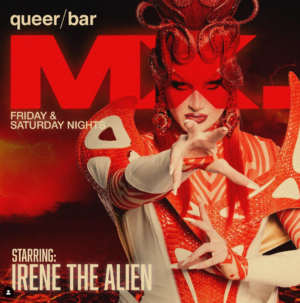As a genre, horror is structured in such a fashion to both exploit and question that which we find most terrifying. By tapping into the raw emotion of fear, when used effectively, horror is arguably the most powerful film genre. When combined with social and political themes, horror films can also make intelligent and convincing social statements. The new indie horror film It Follows gets this part correct, by putting the guilt and shame associated with sexuality under question. Whether the film endorses or critiques such shame is up for interpretation.
Director David Robert Mitchell opens on a teenaged girl running from her home in fear. In a beautiful tracking shot, she circles back around, goes back inside and then back out, dashing over to a car and driving off. The next morning, her body is found bloodied and split in half on a beach. The rest of the film follows a young girl named Jay (Maika Monroe), who attempts to avoid such a fate herself.
If the gory and often naked spectres who follow her end up touching her, she will die as well. Her fate assigned to her by the last person she had sex with (in a chilling scene which is likely a metaphor for sexual assault), the only way to get rid of the demons is to pass off the curse herself, to yet another sexual partner. Despite having sex with multiple men, the demons still follow her.
Why is this? Is Mitchell making a statement that we can’t shake our romantic and sexual past? Is the film itself endorsing a shaming of sexuality? Or is the whole story just a grand allegory for sexually transmitted diseases? Any interpretation is up for grabs. However, what is no doubt very clear is that any film that demands this much from its audience without becoming exasperating is definitely a film worth watching.
It Follows is supported by a phenomenally impressive crew. Cinematographer Mike Gioulakis’ camera is often very cold and claustrophobic. He makes very intelligent and effective choices, which often reinforce the disturbing themes in the narrative. The score by composer Rich Vreeland (under the name ‘Disasterpiece’) recalls the themes of 80s horror, while adding contemporary electronic influences. The effect he creates in the film is as unsettling as it is creatively stirring.
The only questionable decision is the choice of actors, who often cheese and screech their way through their roles with all the excitement of a wooden slab. This could have been an intentional decision. Perhaps Mitchell wanted to bring back to mind the countless camp classic horror films of the past. Once sutured into the narrative, this decision isn’t too much of a distraction. It nevertheless seems to contrast with the rest of the film, which is otherwise much more refined.
At the core of It Follows is a mentality that harkens back to when horror could be more than just innocent, schlocky fun. Of the kind of horror that criticized gender roles in Rosemary’s Baby, addressed religious themes in The Exorcist and questioned everything from xenophobia to the speedy advancement of technology in Alien. Depending on how you interpret the narrative, this is a potentially problematic film. Luckily it is a very intelligent one as well. It Follows takes both its content and its genre seriously, as should you.


